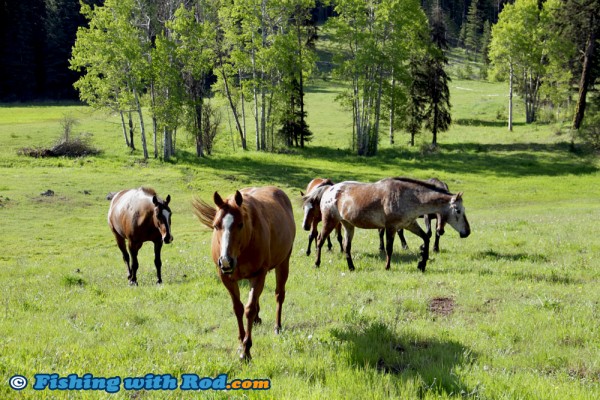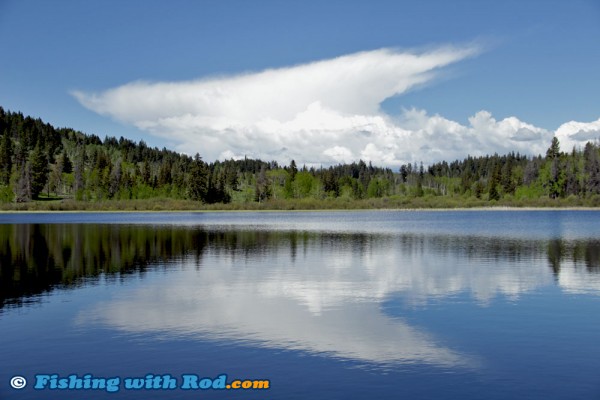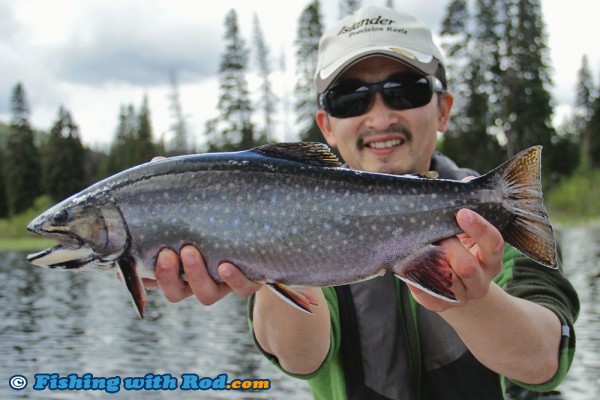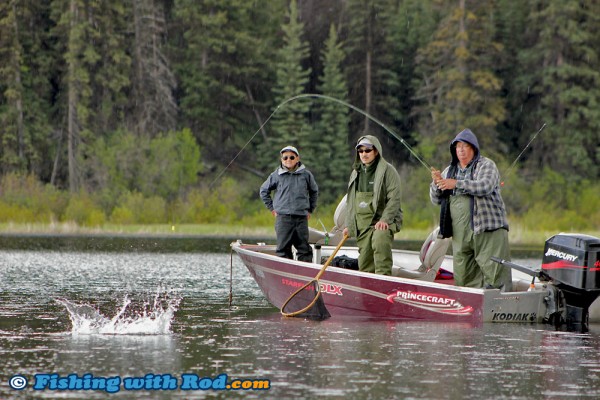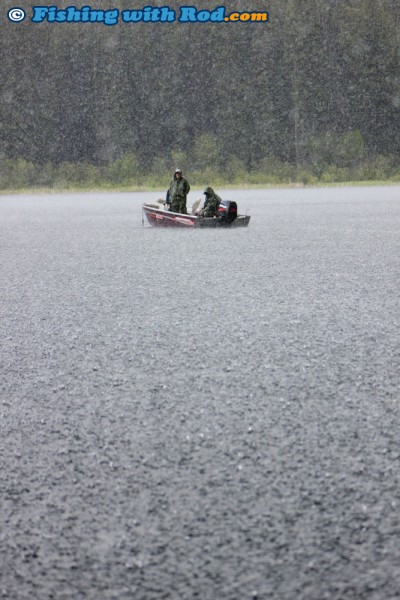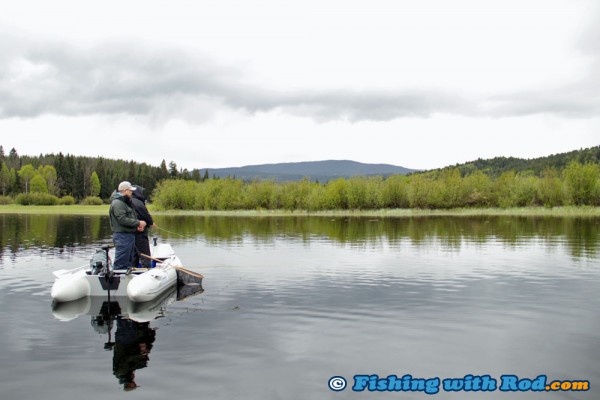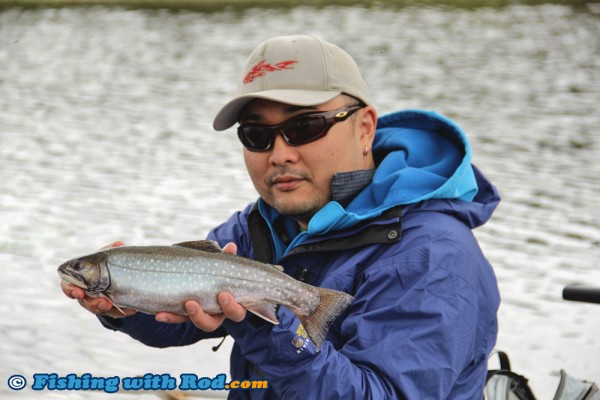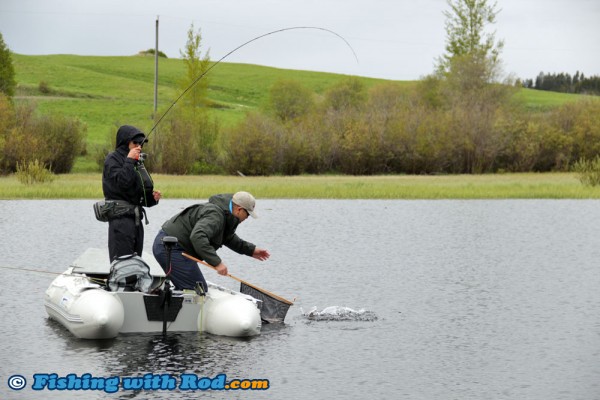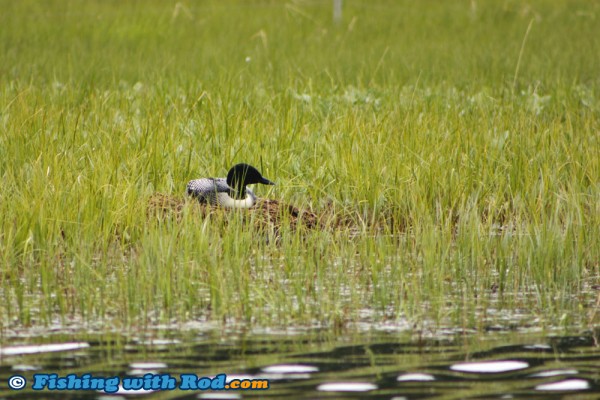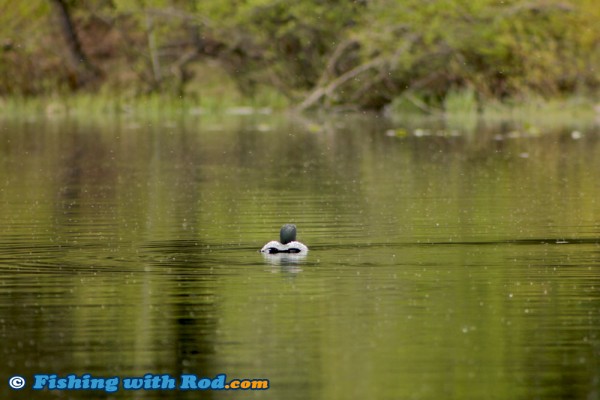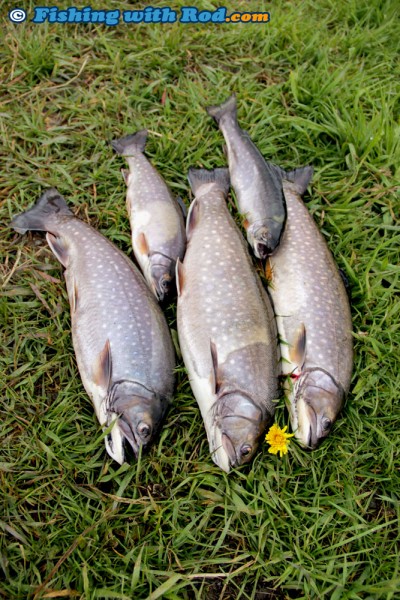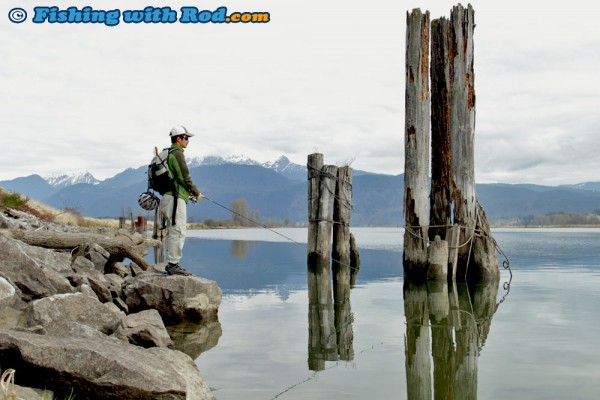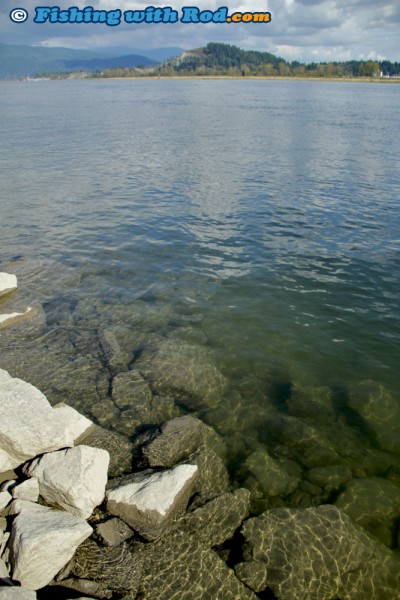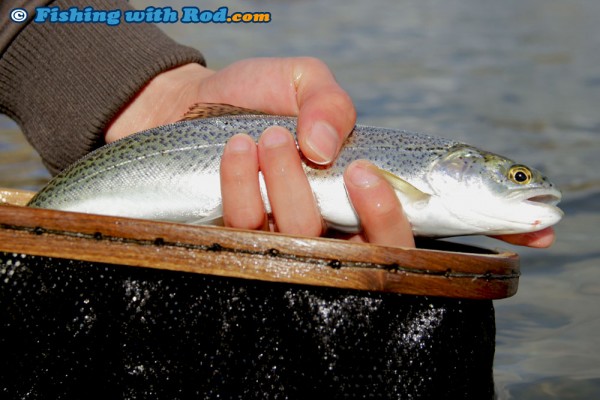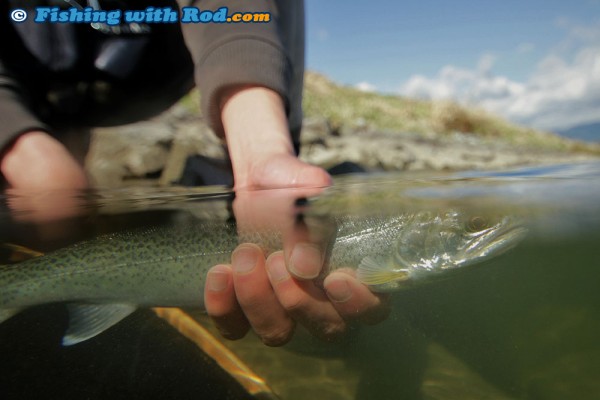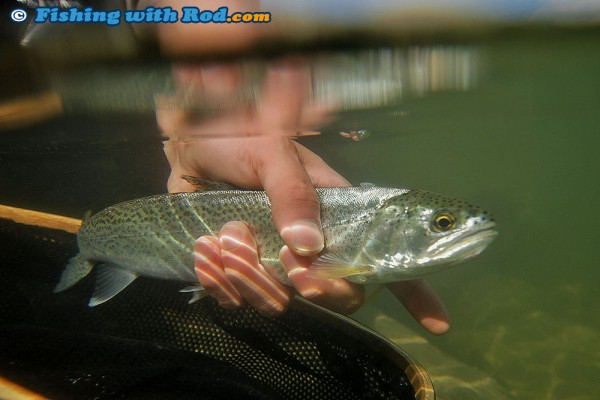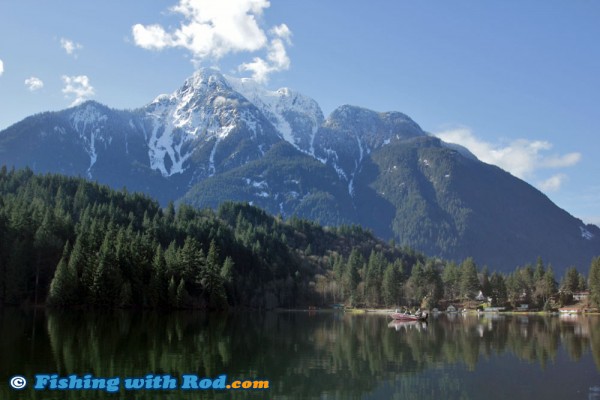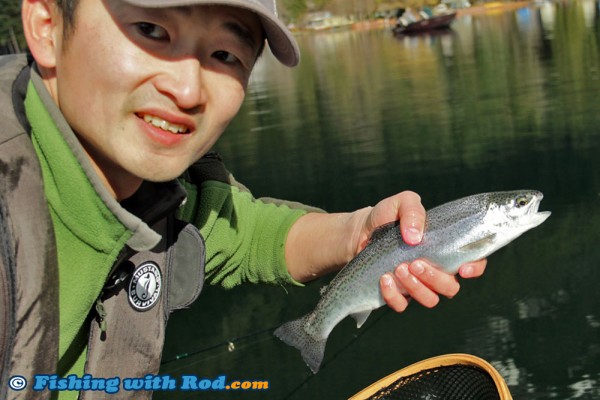The West Coast of Vancouver Island is the ultimate playground for saltwater fishermen in British Columbia between April and September. One of the more popular destinations is Tofino, which is also known for its beach surfing, storm watching, wildlife tourism and fresh seafood dining. This year, we were invited by our friends Jim, Daniel and Brian to join their Victoria long weekend fishing trip. I was both excited and anxious after accepting the invitation. The fishing was undoubtedly going to be fantastic, but the possibility of rough offshore condition, compounded by sleep deprivation due to new fatherhood, may lead to sea sickness. It was going to be an unforgettable adventure!
From Vancouver, it takes roughly six hours to reach Tofino if there are no delays at the ferry crossing. Once arriving in Nanaimo, the drive takes just over three hours. For Nina and I, travelling to a fishing destination is a new challenge which we are still trying to master since the arrival of our son Elliot. With some careful planning, we arrived on the West Coast around mid afternoon. As we drove down a hill along the Pacific Rim Highway, the famous Long Beach appeared in front of us. It was quite a sight, which explains why this area appeals to so many holiday goers.
Our accommodation during the stay is at Crystal Cove Beach Resort, which is tucked away in one of the small bays just south of Tofino. Upon our arrival, I was immediately impressed by it. Crystal Cove is a family and pet friendly resort. The central playground is always entertaining for kids and a life saver for parents who seek for some down time. The beach in front of the resort is sheltered from the wind by several islands, so it stays warm enough to walk along, throw a frisbee or have a picnic on. At night, guests can gather around bon fires under the starry sky. The atmosphere really makes it a true beach holiday!
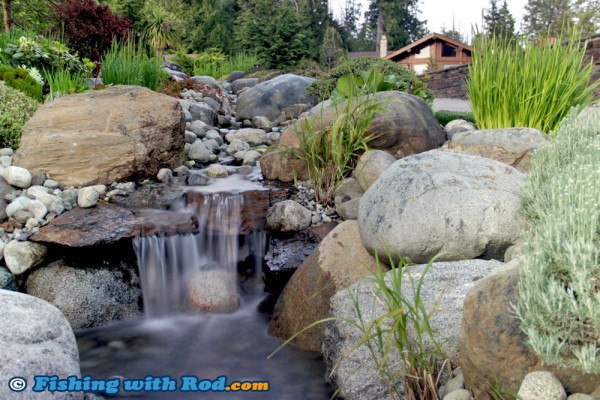

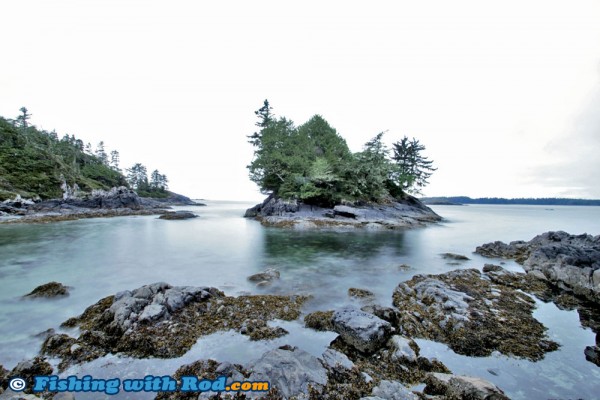
The resort offers the best of two worlds. Instead of building a large hotel to offer the comfort expected by its guests, log cabins with similar amenities are available. They come in all sizes, from smaller beachfront cabins for couples, to larger multi-bedroom cabins for families. We stayed in a treehouse cabin, which has two bedrooms as well as a bridge leading to a treehouse! The fireplace was stocked up with enough logs to keep us toasty when the marine air cools down at night.



Our fishing guide for the trip was Jeff Hale from Braedy Mack Charters. Growing up on Vancouver Island, Jeff has had decades of fishing experience on the West Coast. His passion is finding the biggest chinook salmon in the ocean. Braedy Mack Charters has been a supporter of our website for many years, so I was eager to finally meet and fish with him.
Because the weather was less desirable on the second day, I opted to stay at the cabin with the family while others battled it out in the sea. It was a good call, because the others looked pretty exhausted after being battered by rain and wind for ten hours. Nevertheless, the fishing seemed pretty good, judging by the catches I saw when greeting them at the dock. I was looking forward to our outing on the following day, which called for drier and possibly calmer weather.
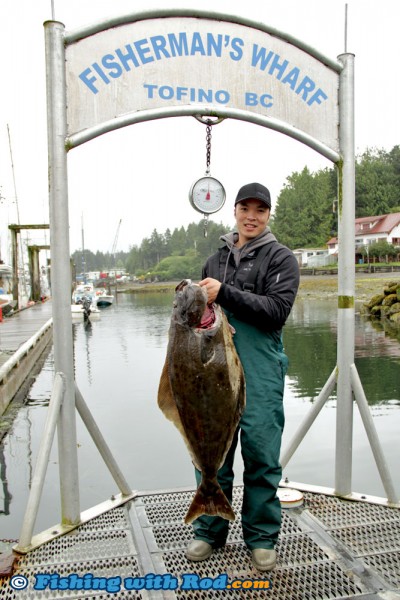
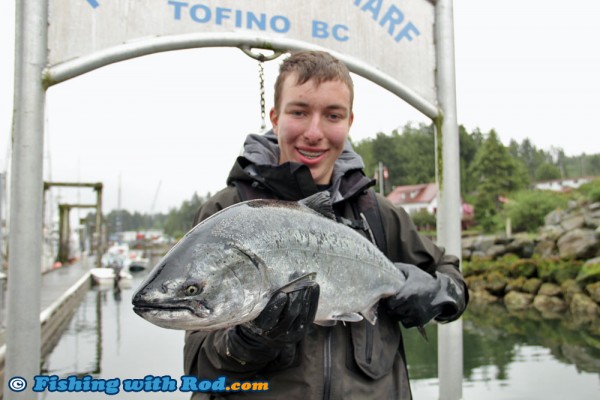
The alarm clock buzzed at 5:00am the following morning as we had to be on the dock at 6:00am. Our ride, the Braedy Mack 2, is a 25′ Offshore Pursuit with twin 150 four stroke Yamaha motors. A vessel like this is required, for both safety and comfort, when heading offshore.
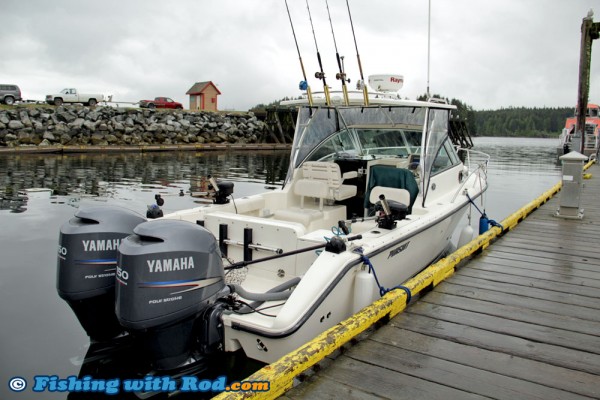
We left the quiet marina into dense fog, but quickly found clear sky once we navigated through all the inshore rocks and islands. The view was spectacular, with only the ocean in the horizon ahead of us, and mountains floating above clouds behind us.
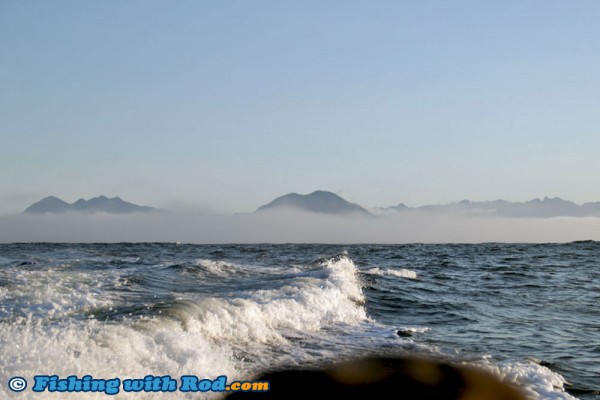
As we made our way further out, the swells became bigger. The weather may be good, but the tail of the storm from the day before was still hanging around. Jeff reassured me that we could always find more protected waters if it became too rough and we should always tell him if the condition became too much to handle, since this was just another typical day for him. The ride out to the hot spot took around 40 minutes. There were a couple of boats already trolling in the area.
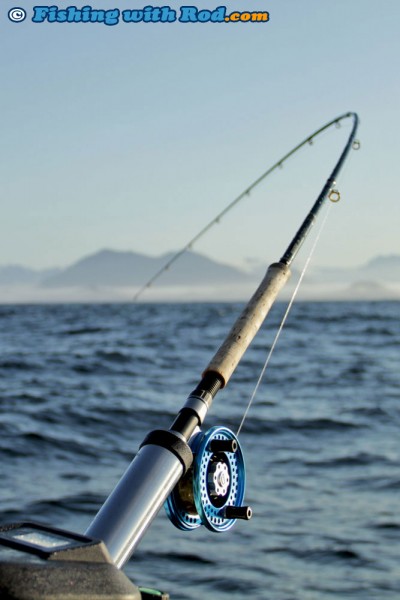
Our first objective was to find some chinook salmon, which usually feed on needlefish, sand lance near the bottom during this time of the year. Using the sounder to see the contours of the sea bed, Jeff found the path where he wanted to drag the spoons and bait through. It was not simply dropping the the cannon balls into the depth and hoping for the best. Jeff was clearly using his experience to decide where the schools might be feeding. Within ten minutes after both rods were in position, the first one popped off the downrigger. While the rest of us were still mesmerized by the big waves around us, Jeff did his split second dash from the captain’s seat to the rod. Fish on! It was a chinook salmon weighing roughly around 10lb.
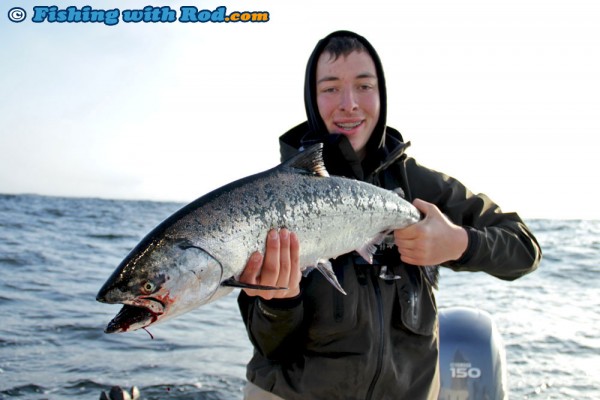
Seeing how quickly the bite came, Jeff wasted no time to drop the rigs down again because we probably had encountered a school of fish. Sure enough, the second fish came within minutes. Jeff’s son Daniel brought it in after a spirited fight while I documented with the video camera. It was almost identical to the first fish.
With two fish in the cooler so fast, maybe we were going to be back at the dock with a boat load of fish before Noon! I should have known better of course, because there are no guarantees in fishing. Once the rods settled down again, we spent the next hour finding another fish on the line for me to reel in. The waves seemed to be growing as time went by. Boats around us disappeared whenever the swells crested beside us. It was an interesting experience for sure and certainly made the simplest task such as standing up or tying a knot challenging.
As I sat and stare at the back of the boat, one of the rods finally popped off the rig again. It actually took a couple of seconds to register in my head that it was my turn. I grabbed the rod from Jeff while the Islander MR3 screamed. This fish seemed to be much bigger than the first two. I was unable to gain much line at all in the first couple of minutes. Once the fish tired out a little bit, I started lifting and reeling, while trying to stay balanced on the rolling deck. It surfaced a few minutes later but the fight was far from over.
Instead of heading to the side of the boat where we intended to net it, this good sized chinook salmon went toward the other side where the second line was still in the water. Jeff scrambled to move the second rod to the other side while I kept the fish away from all obstacles. As if the fish felt our panic, it decided to turn and head back to the original side when we thought everything was under control. This time it darted beneath the second line, which I had to dodge under. It finally gave us a break on the surface. I reeled down to the flasher, walked back and Jeff reached out with the landing net for one precise scoop. Our third fish into the boat, a bright fat chinook salmon, was estimated to be between 15 and 20lb.
With the perfect landing ratio, we pressed on for the fourth fish. The next hook-up came shortly after. It was Jim’s turn but the fight was short lived. The line actually snapped when the fish surfaced, which was unusual considering its test strength. There must have been a nick on the leader. Jim managed to redeem himself as the next pull resulted in another fine fish at the end of the line. After several minutes of playing, Jeff netted the largest fish of the day – A chinook salmon that was just under 20lb.
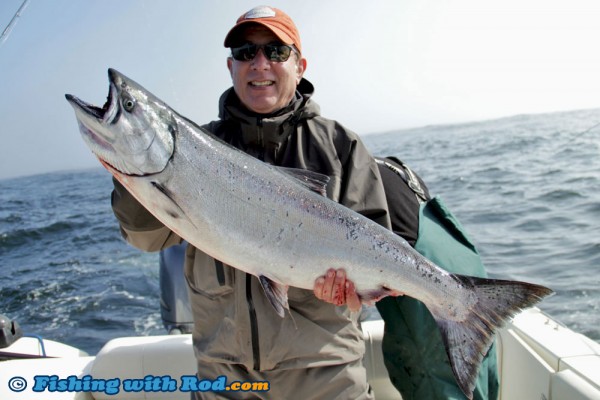
Perhaps it was the constant stare at my camera’s viewfinder, perhaps it was the lack of sleep back at the cabin with a six month old boss, or perhaps my weak stomach simply couldn’t handle the growing swells as the morning went on. After three hours of trolling, I was becoming dizzy, but thankfully no urge to puke yet! Seeing that his client was starting to turn green, he suggested that we hit some inshore waters where the possibility of finding a halibut or two was big. More importantly, the sea was expected to be calmer at the new location. We motored back toward Tofino happily, as all of us were able to land one salmon each.
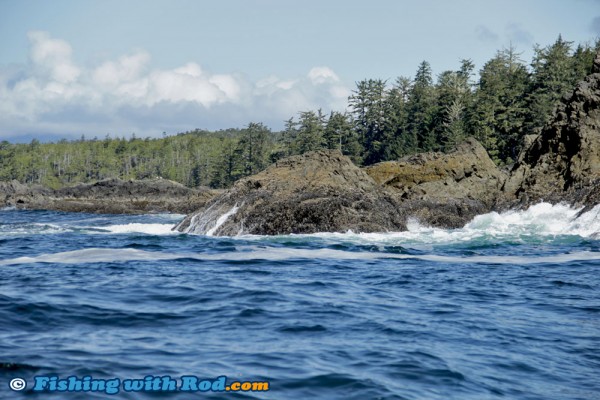
Once arriving near Tofino, we proceeded to head north. It is easy to understand why this area attracts so many users from different backgrounds. Kayakers could be seen making their way through the sound, whale watching boats were packed with tourists who eagerly awaited to see their first humpback or grey whale. We travelled past Vargas Island, Flores Island and there wasn’t a shortage of wildlife sightings. A baby humpback whale emerged beside some big rocks. Sea otters were sunbathing on the surface. Bald eagles waited on a remote island, for an injured rockfish or salmon. This was like Disneyland, or an aquarium, except better. No admission fees can replace these experiences.
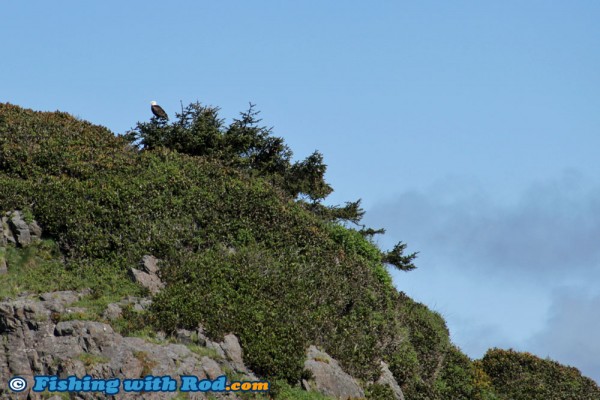
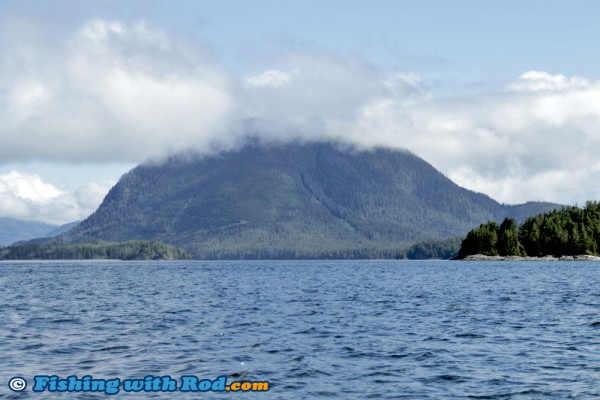
We arrived in our calmer spot at Noon. The other guys were able to retain their quota of halibut on the previous day, plus witnessing a 50lb fish lost by the boat when being measured. The slack tide was approaching. The odds of catching one were pretty big. Our choice of weapon was scented white grub rigged on tandem hooks and dangled from a spreader bar. The hooks were also baited with small pieces of octopus for that extra attractant. Once hitting bottom, rig was lightly jigged. Hopefully halibut could follow the scent trail to our boat and find the presentation irresistible.
After 30 minutes of jigging, I could feel a couple of light tugs on the rod tip. Halibut typically suck and engulf the entire bait, so the only way to hook up is to be patient and wait for the big, slow take. Another minute went by, the rod was finally being pulled down. I set the hook hard and could feel a couple of heavy head shakes at the other end. The Shimano Trevala jigging rod worked beautifully. As I lifted and gained line, this fish took a couple of fast runs. When the spreader bar emerged on the surface, Jeff reached down and quickly gaffed the 20lb halibut. Dinner was on board! Halibut is by far one of the tastier saltwater fish in British Columbia, so I was ecstatic to be able to bring one home.
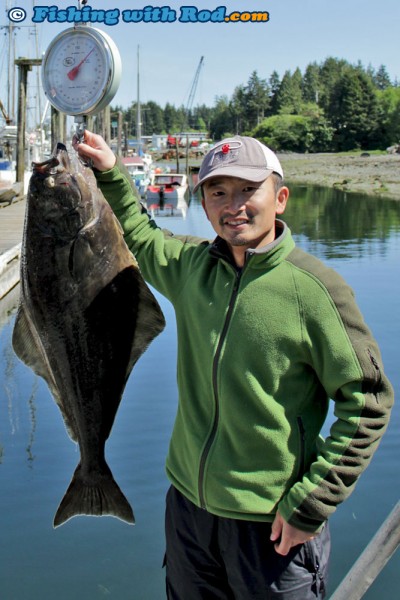
Our trip ended at 3:00pm back at the dock in Tofino. Jeff cleaned our fish and phoned the local fish processing plant to pick them up. Our fish were filleted, cut, vacuum packed and flash frozen at -40C. While it cost a bit to have it done, it was definitely worth it because it saved me the hassle from doing it and ensured the fish’s freshness. The last thing we wanted was to have our fish spoiled on our way home. On our last day, I stopped by the processing plant and picked up all the fish packed in 1lb frozen packs before heading home.
If you are considering a saltwater fishing trip for your family this summer on the West Coast of Vancouver Island, then you may want to give Jeff’s Braedy Mack Charters and Crystal Cove Beach Resort a try. There are many different fishing experiences to be had in this province, some are for more extreme anglers while others are suitable for families. This particular trip, in my opinion, was very family oriented and I look forward to returning so we can share the experience with our son when he is a bit older. What impressed me about Jeff was not simply his local fishing knowledge, but his ability to understand his clients and cater their needs. These are attributes of an excellent fishing guide, who can provide the West Coast fishing experience you are looking for. For more information about Tofino’s Braedy Mack Fishing Charters, please visit Jeff’s website www.fishingtofino.ca.
Watch our video feature of this trip “Tofino Salmon and Halibut Fishing”

